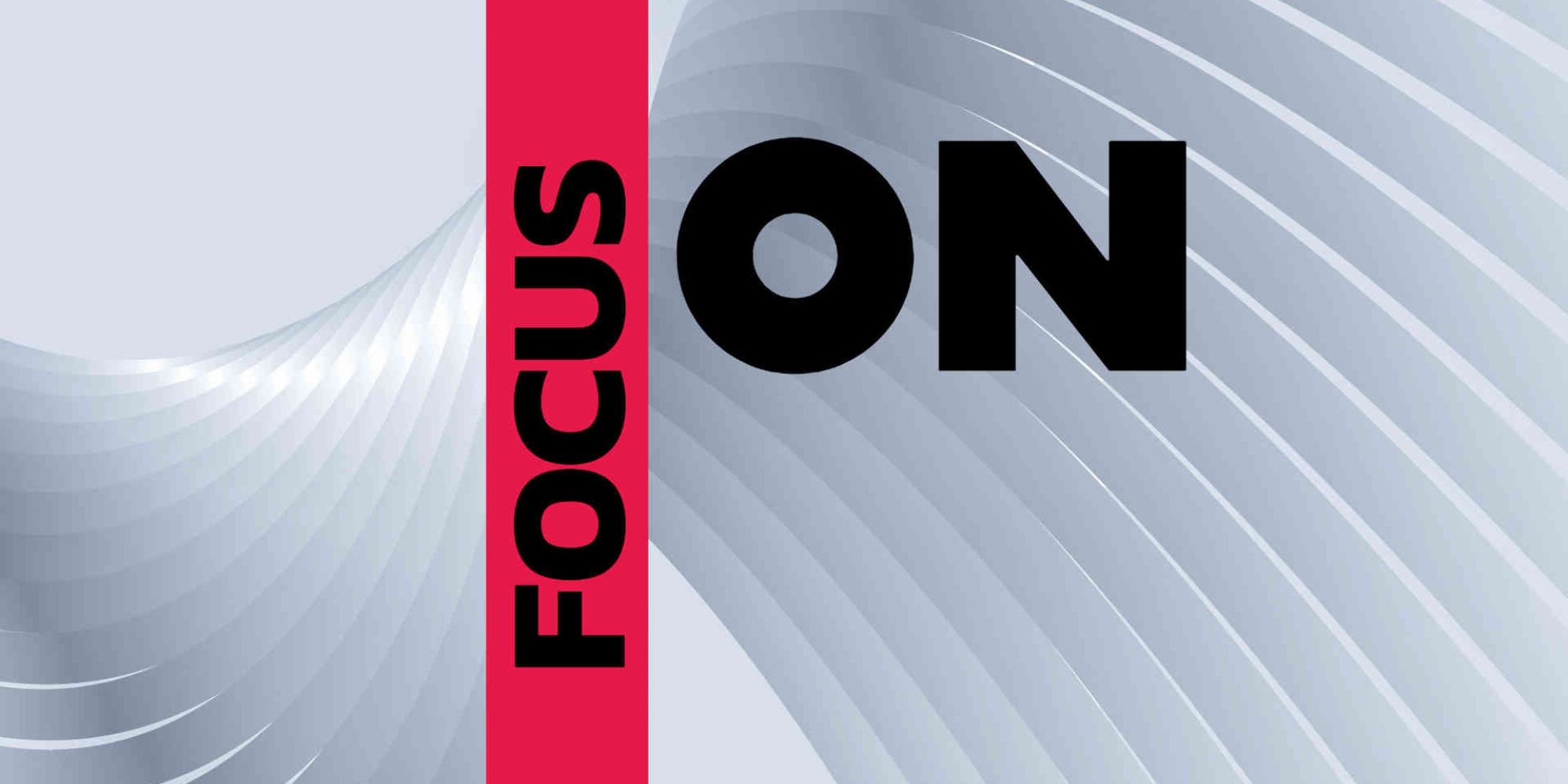
EDUCATION – Ban on Girls
In June 2021, two months before the Taliban seized power and twenty years after the US-NATO occupation, the Afghan school system already faced significant challenges.
According to UNICEF, the school population comprised 6.6 million in primary school (including 2.6 million girls, about 4 out of 10) and 3.1 million in secondary school (including 1.1 million girls), while 4.2 million children, 60% of whom were girls, did not attend any school.
However, by the end of primary education, 93% of students had not achieved the minimum competency level.
This failure is linked to the ongoing war situation, poverty and hunger, lack of transportation, the risk of assaults and kidnappings during the school-home commute, early marriages, traditional roles, inadequate and often militia-occupied school buildings, rampant corruption that nullified foreign funding, and poorly trained staff: only 38% of male teachers and 34% of female teachers, who are assigned to girls’ classes, held the required degree (14th grade).
Lessons were short, and class sizes were excessive, ranging from 40 to 60 students per class.
Between 2001 and 2021, the literacy rate doubled (from 17% to nearly 30%), but remained highly uneven by gender (female illiteracy ranged between 84% and 87%) and geographical areas, with rural areas being heavily disadvantaged.
After the Taliban took power in August 2021, the gradual reopening of schools excluded girls from the 7th grade onward (age 12), leading to strong internal protests and international condemnation. Pressures from foreign donors, interested in normalizing relations with the de facto government, resulted in exemptions from some previously imposed sanctions, such as UN Security Council Resolution 2615 of December 22, 2021, supported by three US “General Licenses,” which resulted in donations for humanitarian emergencies and girls’ education: on September 13, 2021, ECW (the UN fund for educational emergencies), Italy, and the USA donated $12 million; on January 18, 2022, the European Union donated €50 million to pay teachers; on January 25, 2022, the Asian Development Bank donated $405 million for food, health, and education; on March 1, 2022, the World Bank donated $1 billion, and so on.
The pressures to limit gender oppression intensified internal conflict between government factions, with one side wanting to negotiate for funds and the other being uncompromising. Despite some provinces reopening schools to girls, in December 2022, university education was banned for them, and over 100,000 female students were expelled from studying subjects (like medicine and primary school pedagogy) where female employment is somewhat tolerated.
Meanwhile, the quality of education is utterly compromised: fundamentalist religious subjects largely replace other subjects, especially the sciences. Teachers and female students are subjected to oppressive measures that discourage school attendance.
Lastly, educational institutions are targeted by terrorist attacks mainly affecting women and girls: the attack on the Kaaj Educational Center on September 30, 2022, in Kabul, killed 54 people and injured another 114; most victims were young Hazara women and girls preparing for university entrance exams.
